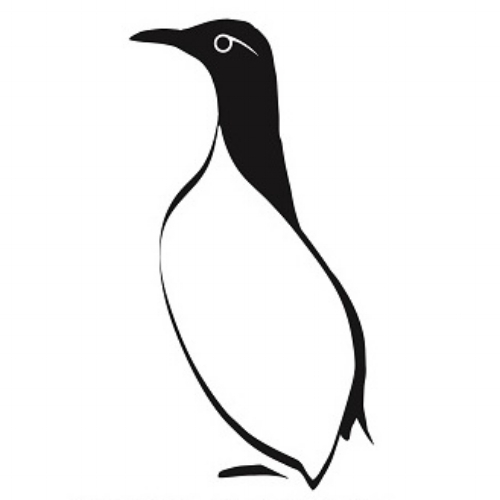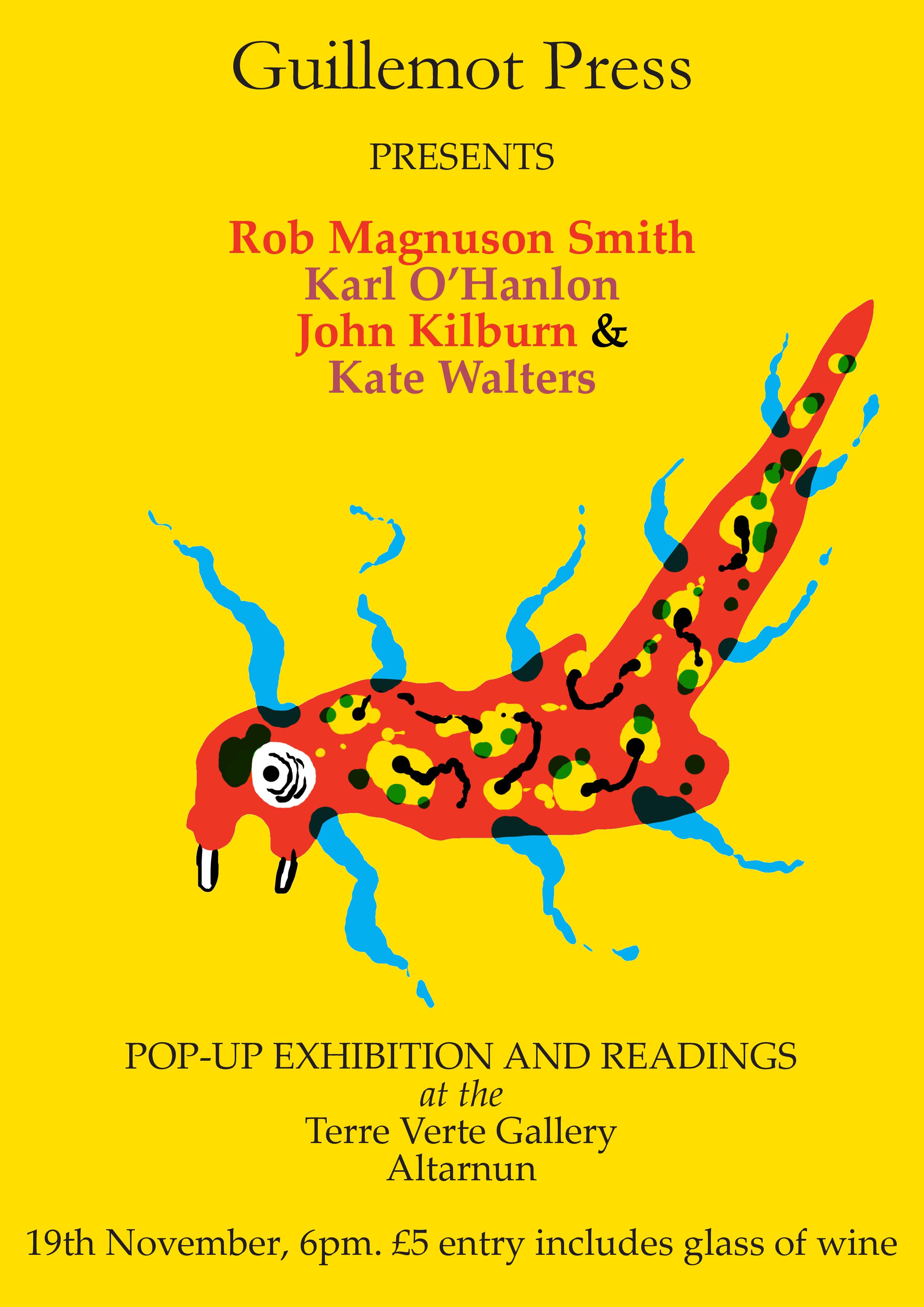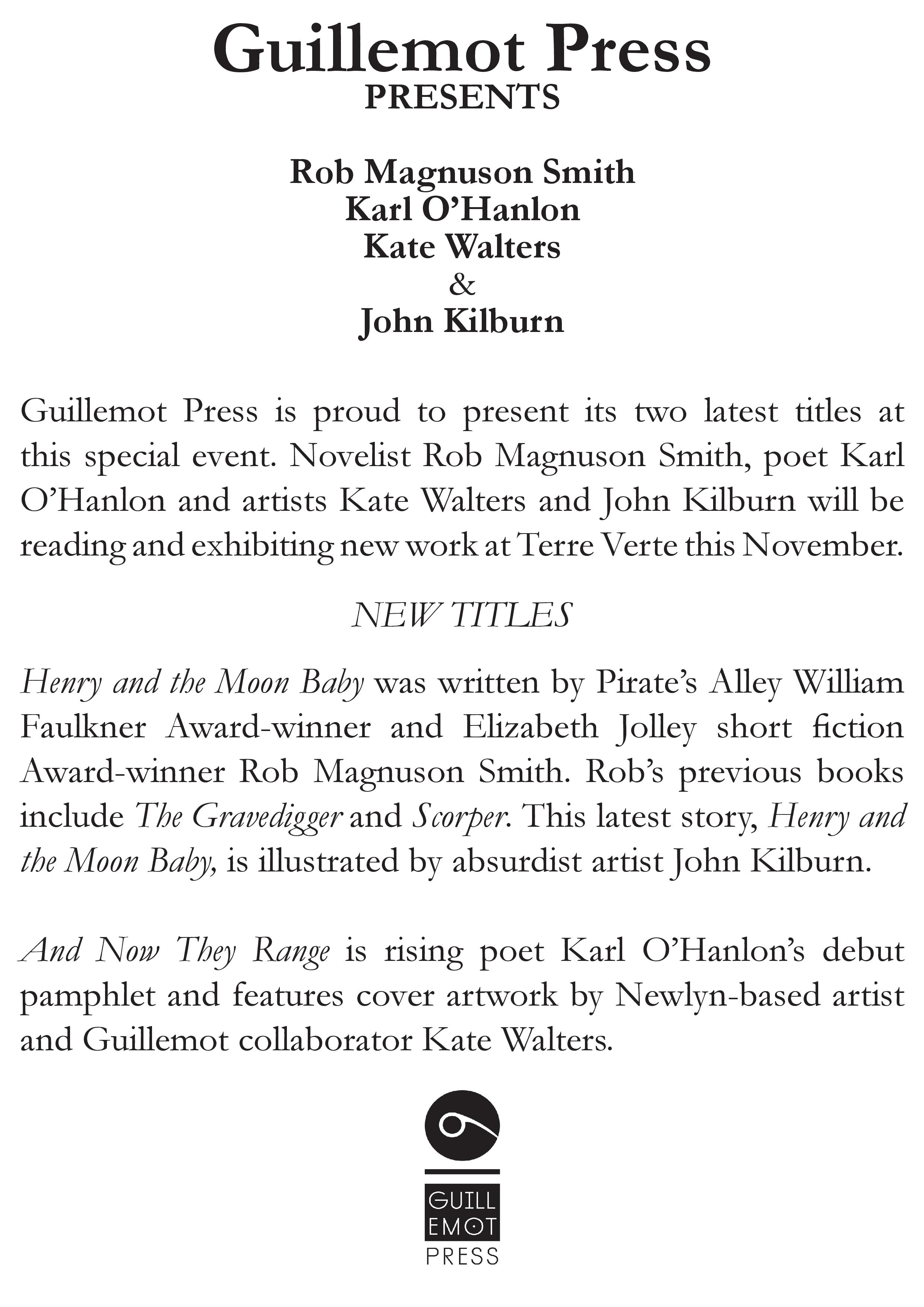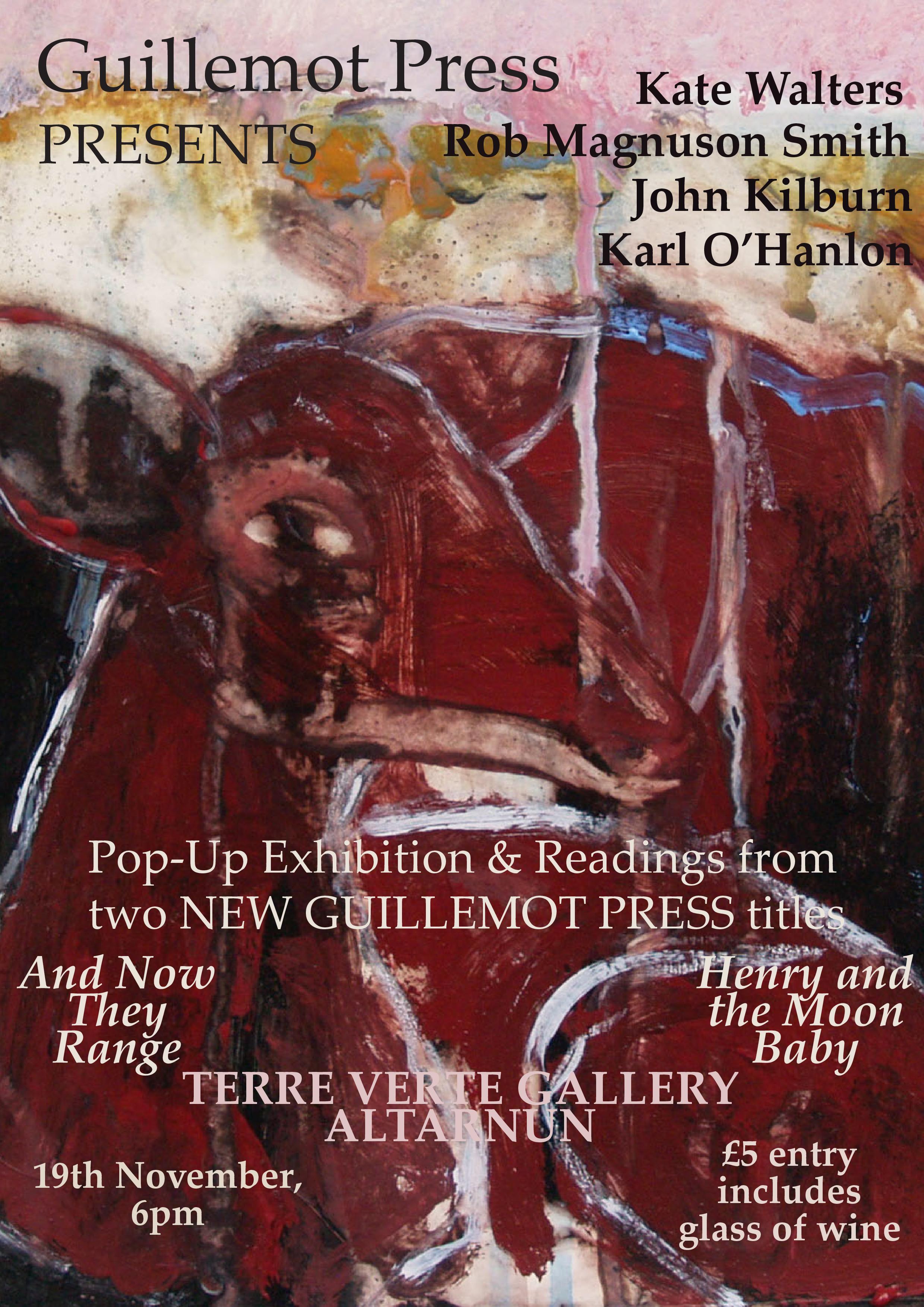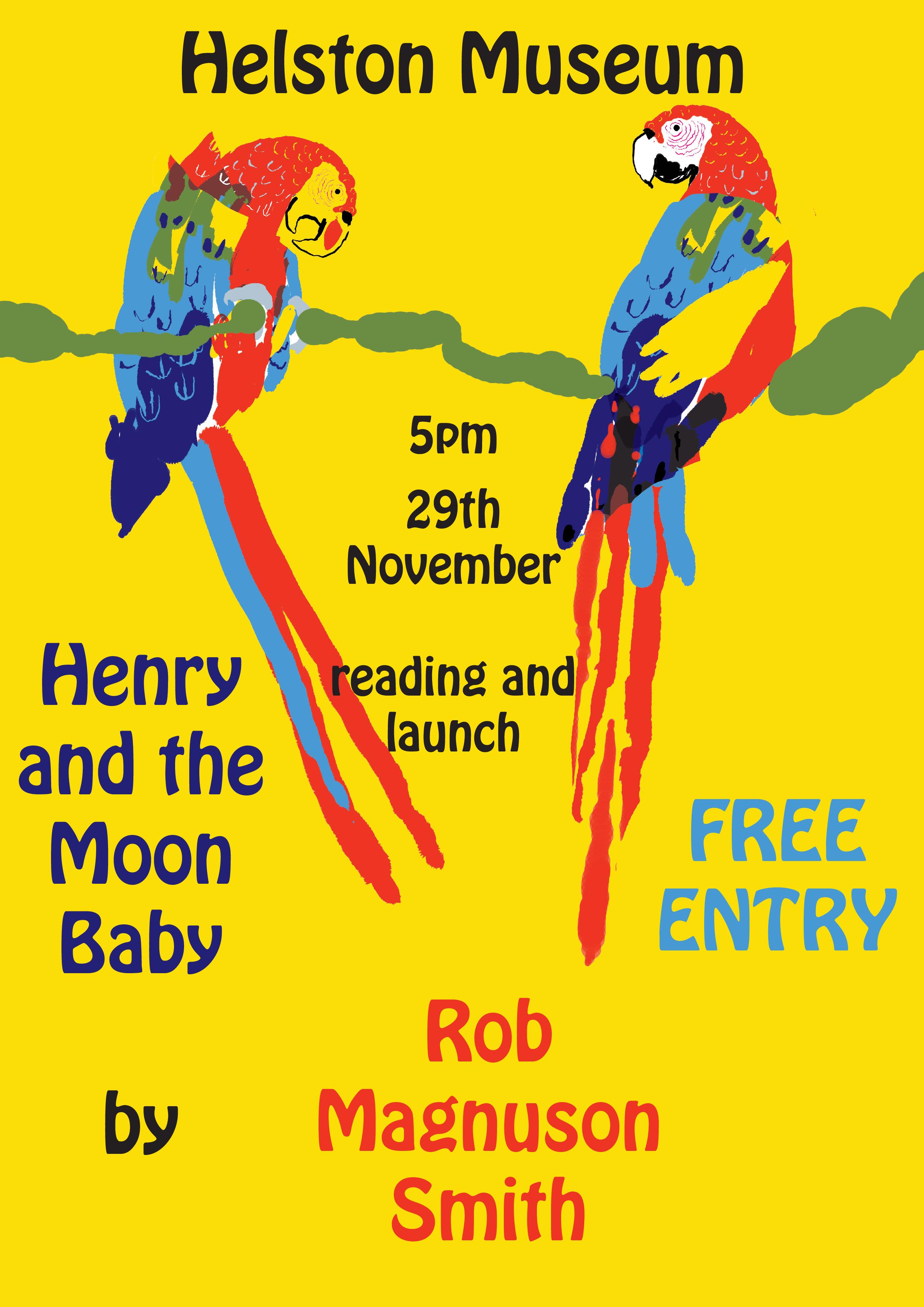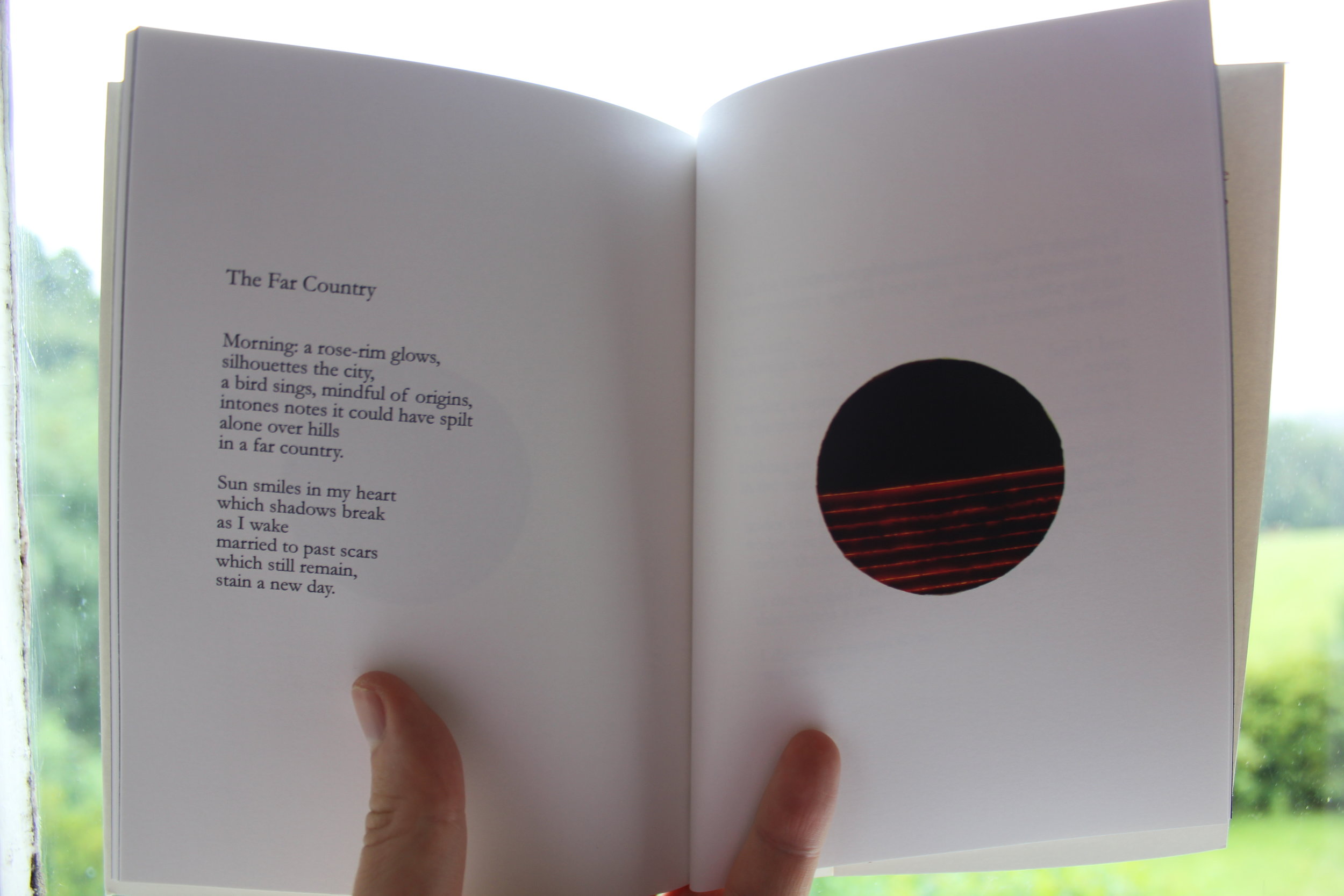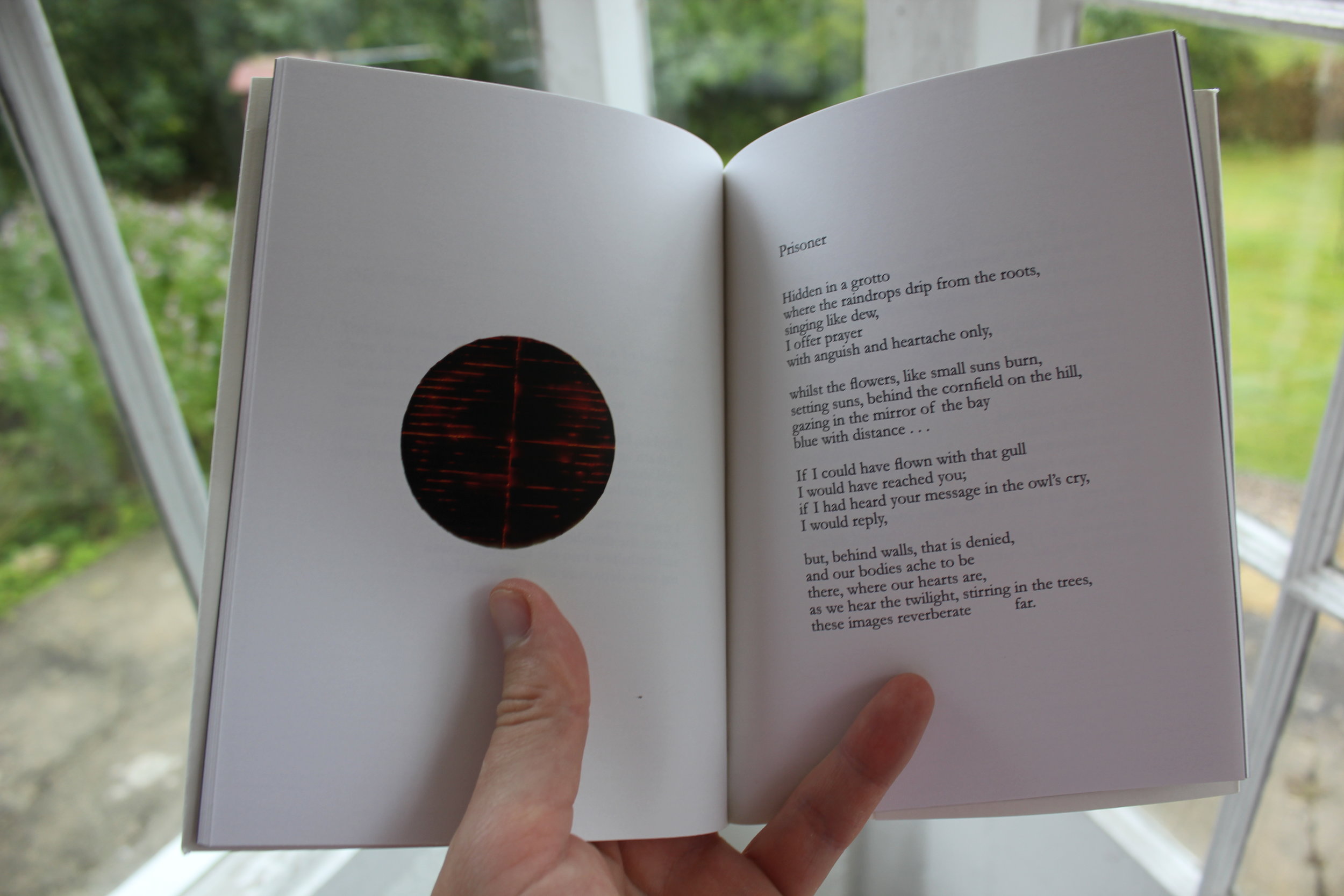19 November 2016: Terre Verte Gallery, Altarnun, Cornwall. 6pm.
29th November 2016: Helston Museum, Cornwall. 5pm.
Read on for full details…
Next month we will be hosting the first of our exhibition and reading events at Terre Verte Gallery, Altarnun, on Bodmin Moor in Cornwall. Terre Verte is a lovely little gallery run by Richard Sharland, who has a great sense of the sort of space work needs. The gallery also happens to be in one of our favourite moorland villages. For a small village, Altarnun has an important place in Cornish history. Just down the road, John Wesley used to stay, and a tiny museum remains in the cottage that was built for him. It includes work from another prominent Altarnun figure, Neville Northey Burnard, a sculptor who began his career carving gravestones, then went to London to sculpt Romantics and nobles. In the Wesley Cottage Museum, they have a limpet shell cameo by Burnard. Altarnun also boasts the ‘Cathedral of the Moor’, complete with green man carvings, and a holy ducking well for curing madness.
And this is where we’ll be on the 19th November at 6pm. There will be a pop-up exhibition featuring work by John Kilburn and Kate Walters, and readings by Rob Magnuson Smith and Karl O’Hanlon from new and forthcoming Guillemot Press titles Henry and the Moon Baby and And Now They Range. Entrance is £5, which will include a glass of wine. There will be lots of opportunities to talk to the writers and artists, as well as to pick up the latest Guillemot titles and to have these signed.
There is a second event at Helston Museum on the 29th November. This will be a free event with Rob Magnuson Smith reading from Henry and the Moon Baby, which was inspired by the museum’s stuffed scarlet on exhibition. To meet Henry the Parrot and Rob the Writer, come along to the Helston Museum at 5pm. To buy a copy of the pamphlet in advance, visit us here.
We look forward to meeting you, either in Altarnun or in Helston. If there are any queries, please get in touch.
